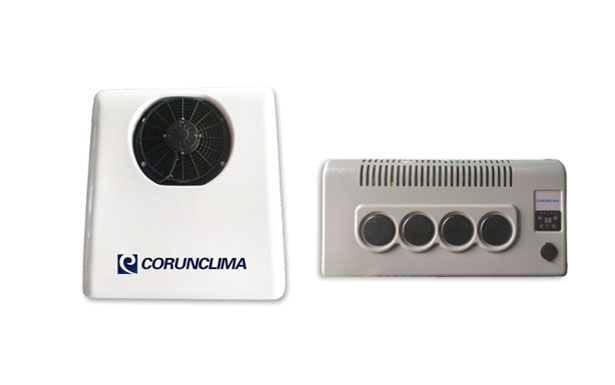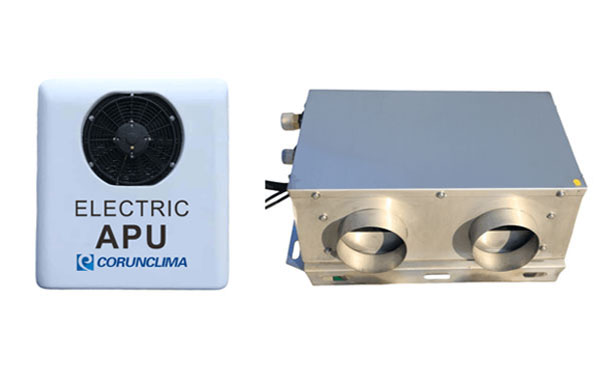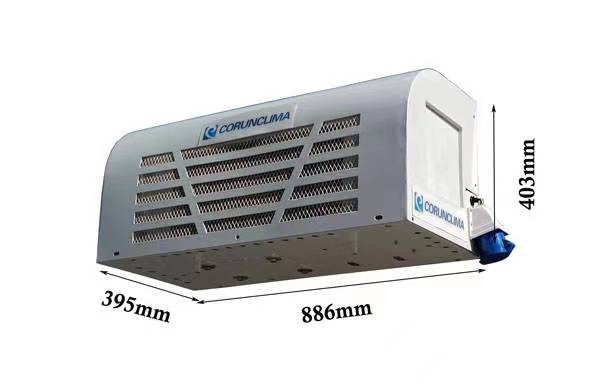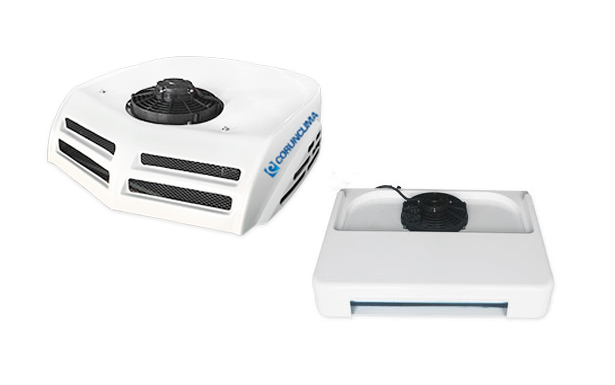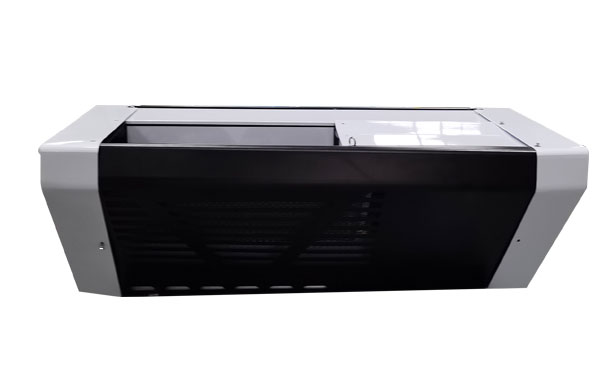Compressor Failure Troubleshoot of Transport Refrigeration Unit
Author:Corunclima Date:2017/12/28
Compressor of transport refrigeration unit could still operate under normal mechanism condition without burnt. However the issues of overcurrent, overload, and abnormal closedown has happened. On condition the situation above has happened, check compressor stability for possible overload. Besides, frequent on and off operation may cause the problem either. The issue above should be addressed immediately for its risk, or it may become chronic problem.
If the compressor has been burnt and could not operation and the whole unit condition is unknown, 2 troubleshooting ways are recommended:
First
1. Check lubricant and refrigerant. If odor, smell of burnt, or spicy-like could be smelt and color is close to back, as well as hose is full of black film, and liquid could be detected, the following procedures could be adopted.
2. Remove the drier. Copper pup joint or temporary removable adaptor could be used instead.
3. Pump detergent into high pressure hose with chemical pump to clean hose system.
4. After cleaning, blow the whole system with nitrogen under pressure 7kg/cm2~10kg/cm2 to make it dry until no remaining or detergent.
5. Change compressor and drier. After that, check leakage with nitrogen under pressure 10kg/ cm2. Once check has completed, discharge remaining nitrogen through high pressure side valve.
6. Vacuumize the system both from high pressure and low pressure side.
7. Check all electric appliances and power source.
8. Charge refrigerant through liquid hose. Till refrigerant has been charged 80%~90% to its full amount, turn on the system to test. (Compressor should be preheated for 2 hours)
Note:
a. Take necessary safety precautions when cleaning the system.
b. On condition the hose system of compressor has been seriously contaminated, detergent would change from clean to muddy. Thus detergent should be changed for several times’ cleaning.
Second
1. Remove the drier, blow the hose system with high pressure nitrogen under 10kg/ cm2.
2. Change the drier. (Filtering and liquid absorbing capacity of liquid hose filter is much powerful than previous one)
3. Check accessories of the system for its current quality.
4. Check the whole system by charging nitrogen. Once check has completed, discharge remaining nitrogen through high pressure side valve.
5. Vacuumize the system both from high pressure and low pressure side.
6. Charge refrigerant through liquid hose. Till refrigerant has been charged 80%~90% to its full amount, turn on the system to test. (Compressor should be preheated for 2 hours)
7. Make the system operation for 30 minutes. And then change the drier again to check contaminated condition.
8. Run the whole system for 3 hours after second time filter changing. If it is necessary, the filter could be changed again until it becomes clean.
9. At last, change the compressor lubricant to check its condition.
Note:
a. Prevent air entering into the system while changing the drier.
b. On condition the system has suffered serious condition, remove compressor to change lubricant and discharge all refrigerant for recharging.
Details should be paid attention to:
1. Check the whole system once adjustment has been completed to keep safe.
2. Power source and dielectric voltage withstand should be taken care.
3. After the system has been vacuumized, refrigerant recharge and compressor activation could not be conducted at the same time. Or it will lead to oil shortage in compressor.
4. Do not charge refrigerant through low pressure side, or it will lead to liquid impact and malfunction.
5. After all checks and tests has completed, adjust the whole system for improper operation of electric appliances detected before.
Corunclima electric van refrigeration unit (chiller) C150TB gallery
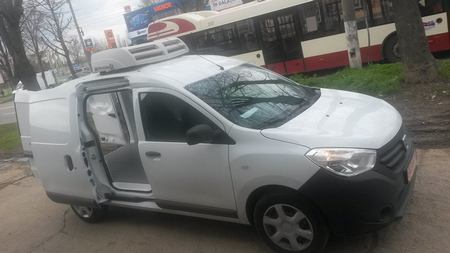
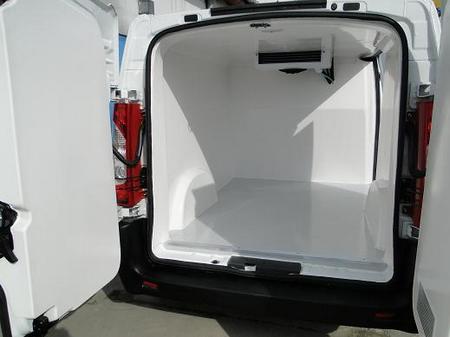
You are also welcome to Corunclima on Facebook & Google+!
Zhengzhou Corun. Tech. Co. Ltd., & Corunclima
With nearly 20 yrs’ exp. in R&D and manufacture in transport refrigeration unit and all-electric air conditioner, Corunclima gradually evolves from manufacturer to professional consultant of eco-friendly, cost-effective, customizable transport cooling solution.
.png)





